
While it got zero traction in the Western media, the announcement of a recent strategic trade partnership between Pakistan and China would appear to be a harbinger of how the world will continue to work around the United States trade agenda.
Here is the announcement dated November 5, 2018 as reported on Pakistan’s Ministry of Information web portal:
Here is the key sentence:
“He pointed out that both the sides have agreed to do trade in Chinese currency which will help reduce burden on our foreign exchange reserves in dollar.”
This means that in bilateral trade between the two nations, Pakistan and China will no longer have to rely on the U.S. dollar for transactions. This is a rather critical issue since bilateral trade over between the two nations has grown at an annual rate of 18.8 percent over the past five years. As well, this is a very significant change given the development of the China-Pakistan Economic Corridor or CPEC, a trade corridor that is a pilot project of China’s massive Belt and Road Initiative.
CPEC is a framework of infrastructure that will physically link China and Pakistan through improved road, rail and air transportation systems which will enhance trade through the implementation of a win-win model (unlike the U.S. model which seems predicated on a win-lose philosophy). The potential of the two nations will strengthen their respective economies with China offering advantages in infrastructure construction and manufacturing expertise and Pakistan offering its human and natural resource potential. Areas of co-operation and development include:
1.) Regional Connectivity:
Transport Infrastructure
Energy Hub/flows
Logistic Hub/flows
Trade & Commerce
Connectivity/Harmonization/Integration of civilizations
2.) Diverse Investment opportunities
3.) Industrial Cooperation
4.) Financial Cooperation
5.) Agricultural Cooperation
6.) Tourism
7.) Educational linkage
8.) Human resource development
9.) Health Care
CPEC will also have a significant positive impact on the economies of neighbouring nations including Iran, an issue that will certainly reduce Iran’s need to bow to the wishes of the United States and its ever-growing anti-Iran sanctions.
The long-term plan will be implemented over the decade and a half between 2017 and 2030 and covers China’s Xinjiang Uygur Autonomous Region and the entirety of Pakistan. Here are the three-pronged goals of CPEC:
By 2020, the CPEC strive to take the initial shape, major bottlenecks to Pakistan’s economic and social development shall be basically addressed, and the CPEC shall start to boost the economic growth along it for both countries.
By 2025, the CPEC building strive to be basically done, the industrial system approximately complete, major economic functions brought into play in a holistic way, the people’s livelihood along the CPEC significantly improved, regional economic development more balanced, and all the goals of Vision 2025 achieved.
By 2030, the CPEC building strive to be entirely accomplished, the endogenous mechanism for sustainable economic growth in place, the CPEC’s role in stimulating economic growth in Central Asia and South Asia brought into holistic play, and South Asia shall grow into an international economic zone with global influence.
Here is a map showing CPEC’s proposed and existing road infrastructure:
Here is a map showing CPEC’s proposed and existing rail infrastructure:
In addition, there is a substantial fibre optic project underway to ensure that the region has the necessary technology to conduct business as well as pipeline, wind, solar, LNG and coal projects and, most importantly, the development of the Gwadar deep water port located on the Arabian Sea. The development of the port at Gwadar is Pakistan’s largest infrastructure project since its independence and its full development could cost in excess of three-quarters of a trillion dollars. Here is a map showing the location of Gwadar (at the centre of the map) which is located proximal to the mouth of the Persian Gulf which is located on the left side of the map:
As you can see on this map from Deloitte, China will benefit greatly from the port at Gwadar as it will significantly shorten the transit distance for exported goods that are produced in China as well as oil that China imports from the Middle East:
Here are the approximate costs of the key components of CPEC:
Energy – $33.793 billion
Transportation Infrastructure – $9.784 billion
Gwadar – $792.62 billion
The recent moves by China and Pakistan to avoid the United States dollar when it comes to bilateral trade is a method that other nations are using to avoid geopolitical pressures that are part of Washington’s I win and you lose trade philosophy. Once other nations see that trade can, in fact, successfully take place without the use of the U.S. dollar, the flight from the dollar as the world’s currency of choice will lead to a new global trade reality. The China-Pakistan Economic Corridor and the adoption of the yuan as its trade currency of choice could well prove to be a harbinger of the future.
Click HERE to read more from this author.
You can publish this article on your website as long as you provide a link back to this page.

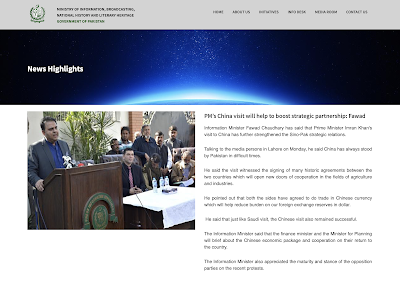
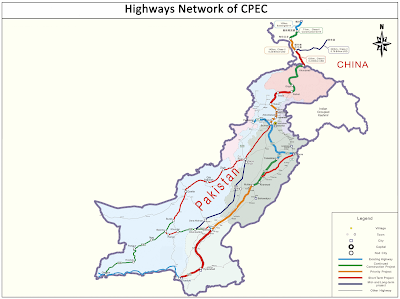
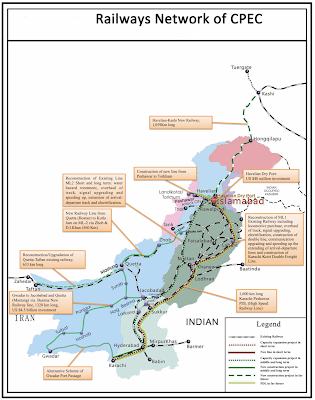
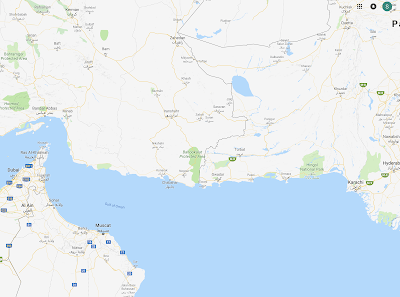
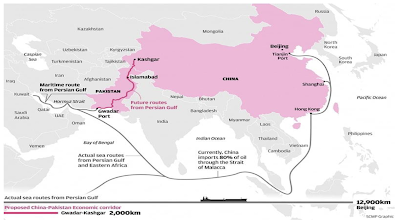
Be the first to comment